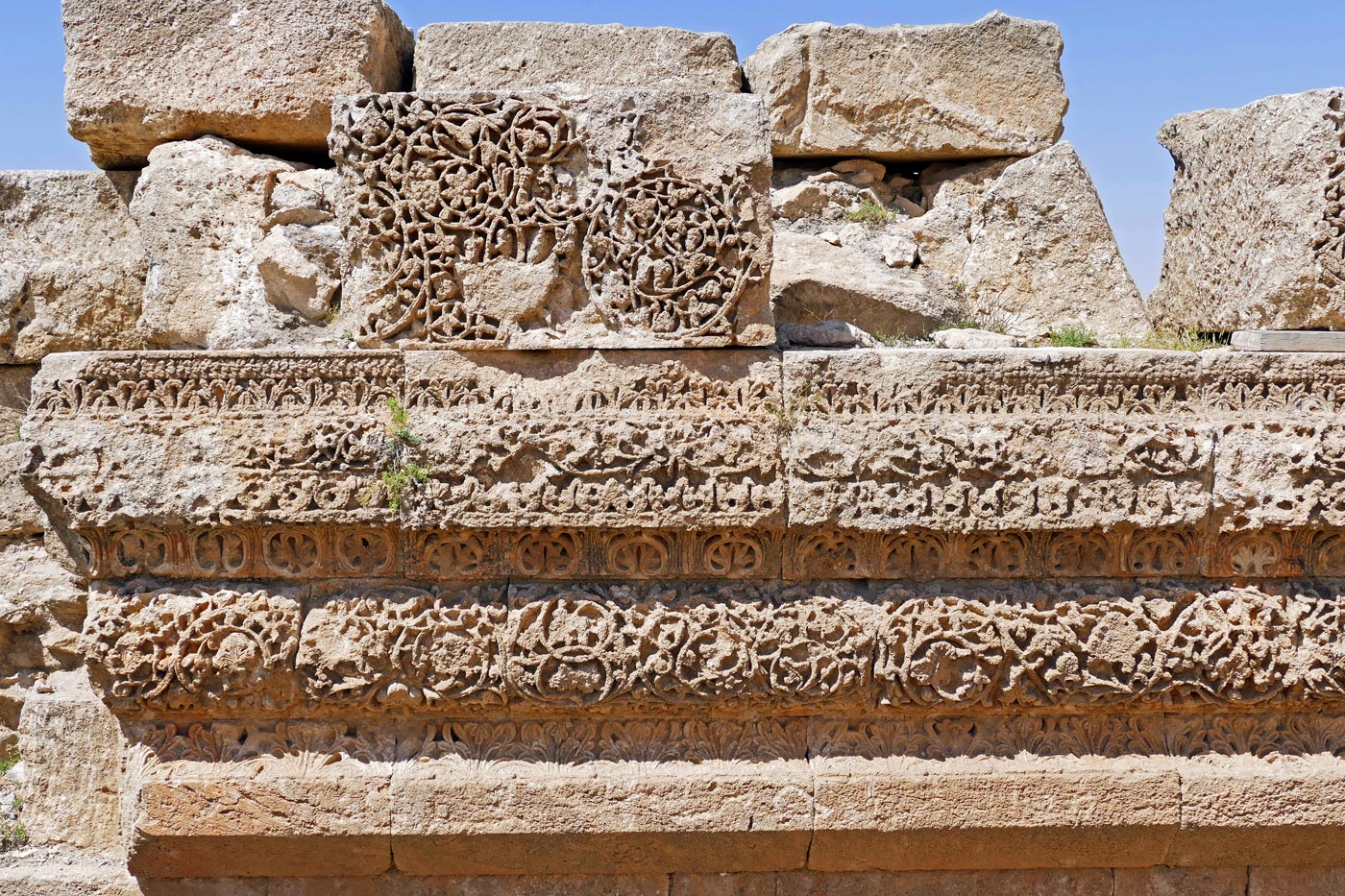Scattered across the Jordanian Eastern Desert, east and south of Amman, lie a variety of castles of impressive grandeur and complexity known as the Desert Castles of Jordan.

Today, many of these castles are destroyed, but some are still well preserved and have become tourist destinations for those who want to appreciate the Jordanian heritage of the struggle for survival in the desert.
We highly recommend that you add them to your list of places to see in Jordan, because it is a very interesting route that won’t leave you indifferent.
If you want to visit the desert castles of Jordan we recommend two options:
In the end, as we always say: it’s up to you!
Built between 660 and 750 during the Umayyad dynasty, they were used for political, agricultural, residential and commercial purposes.
They are notable for their combination of ancient architectural art and structures, combining different Byzantine, Greco-Roman and Persian elements. For this reason, they are considered to be notable early Islamic art, including the fact of their figurative reliefs and exceptional frescoes.
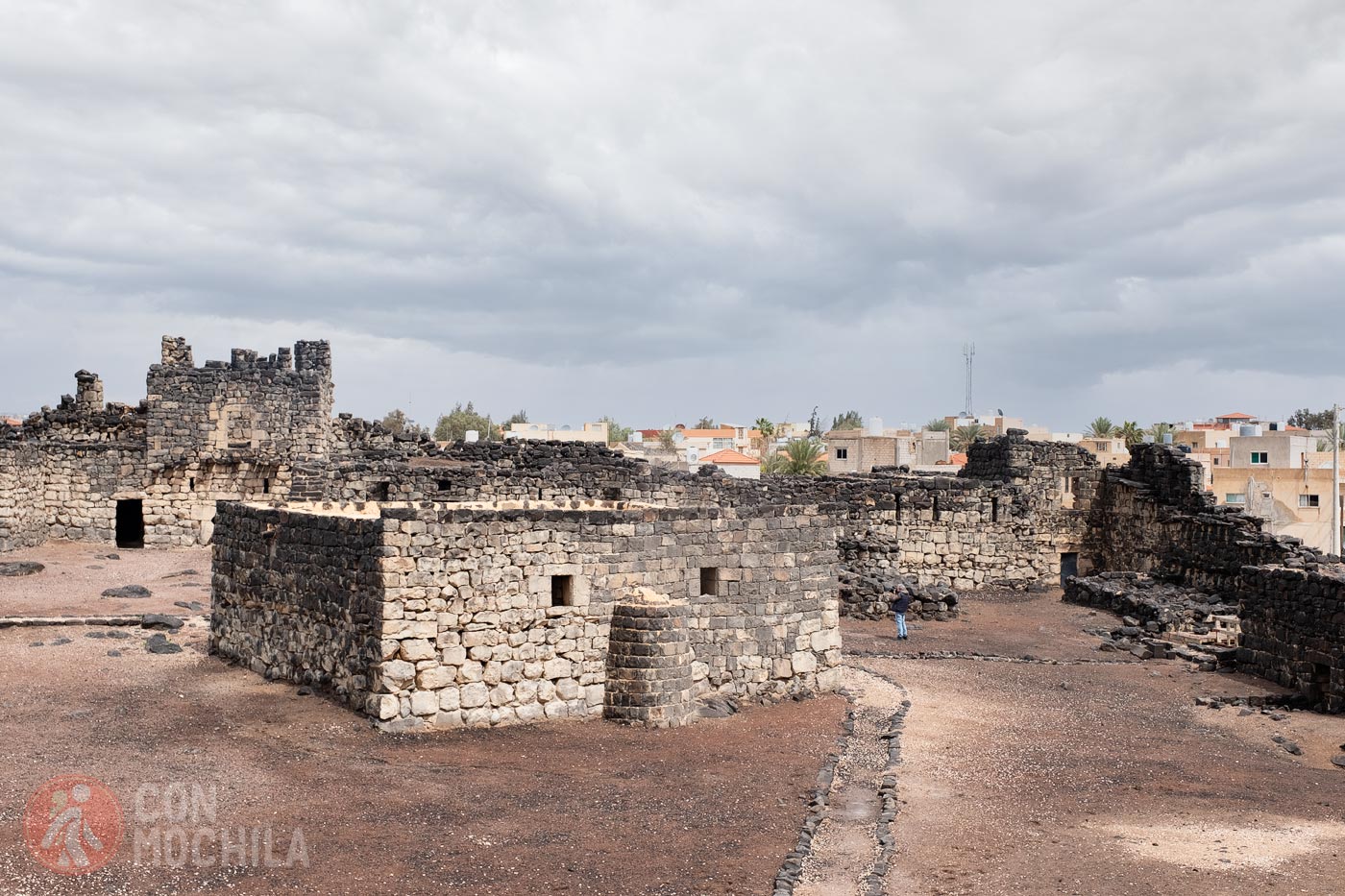
It is believed that they were originally used as fortified palaces to keep the sovereigns away from the city, although they also served as shelter for camel caravans.
Qusayr Amra is one of the most fascinating castles, the best known of all those in eastern Jordan. It stands out for its incredible Islamic architecture and Umayyad art, and was declared a UNESCO World Heritage Site in 1985.
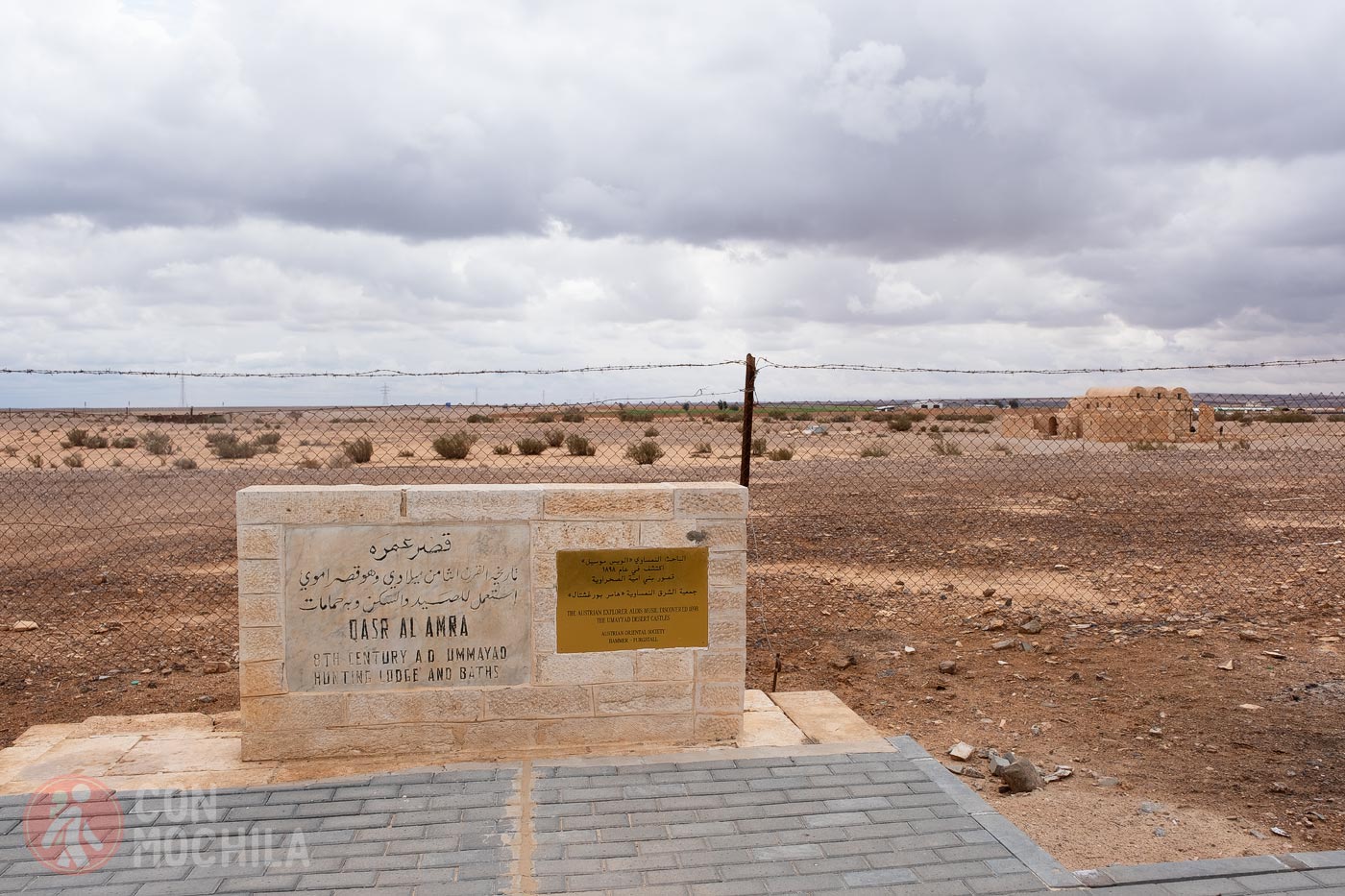
Experts estimate that this settlement was built around 730-740, and that it functioned as a pleasure residence and a fortress with a garrison.
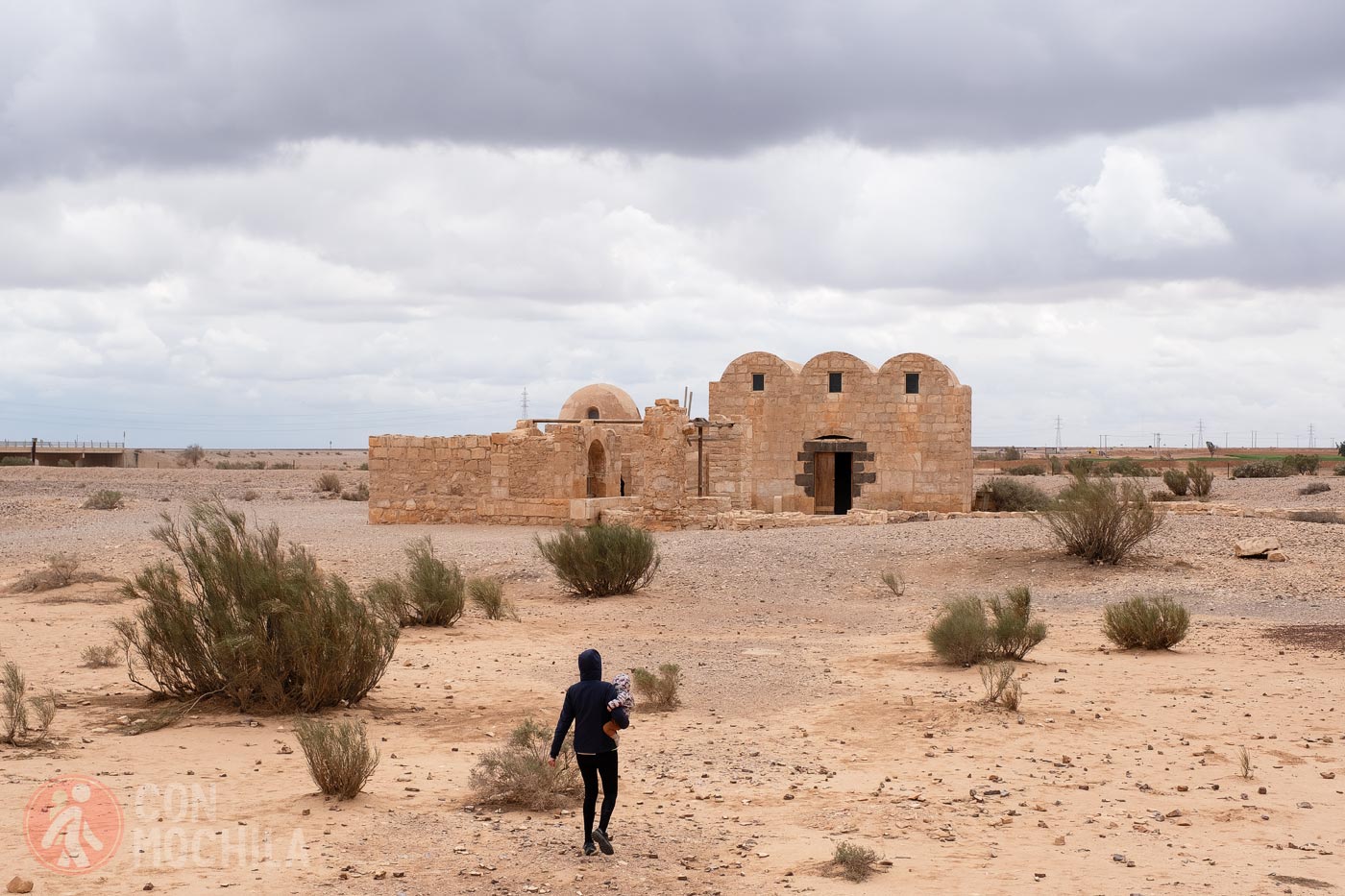
The interior ceilings are decorated with frescoes depicting naked women, hunting scenes and rulers. The ceiling of the baths also features scenes of trees and plants, interspersed with images of naked women. The dome of the caldarium features a representation of the zodiac.
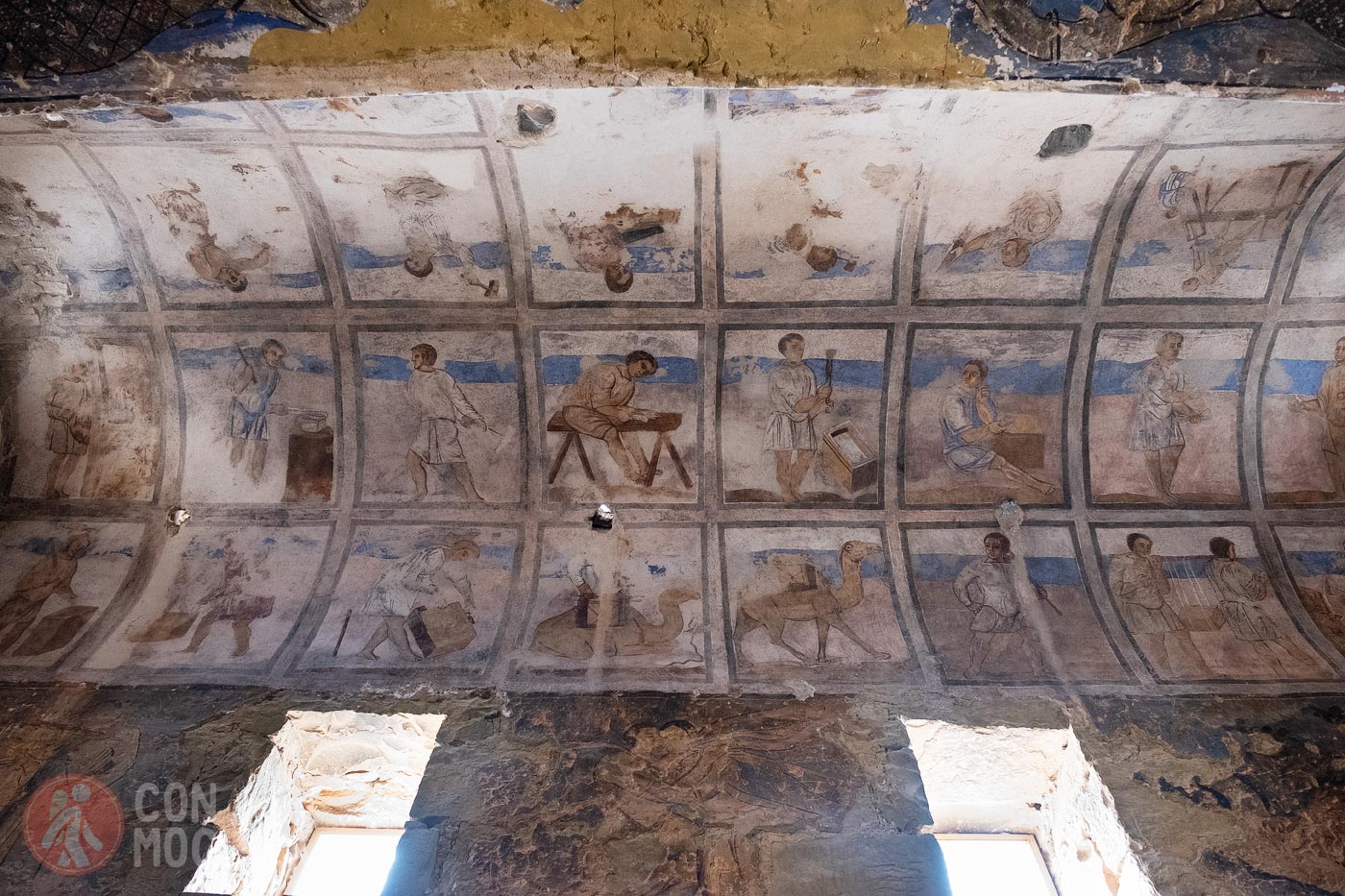
This castle includes a bathing complex and an audience hall, decorated with figurative murals. It was built of basalt and limestone, and remains of stone walls still exist, indicating that the structure was part of a larger complex, some 25 hectares in size. Only the foundations of the actual castle remain.
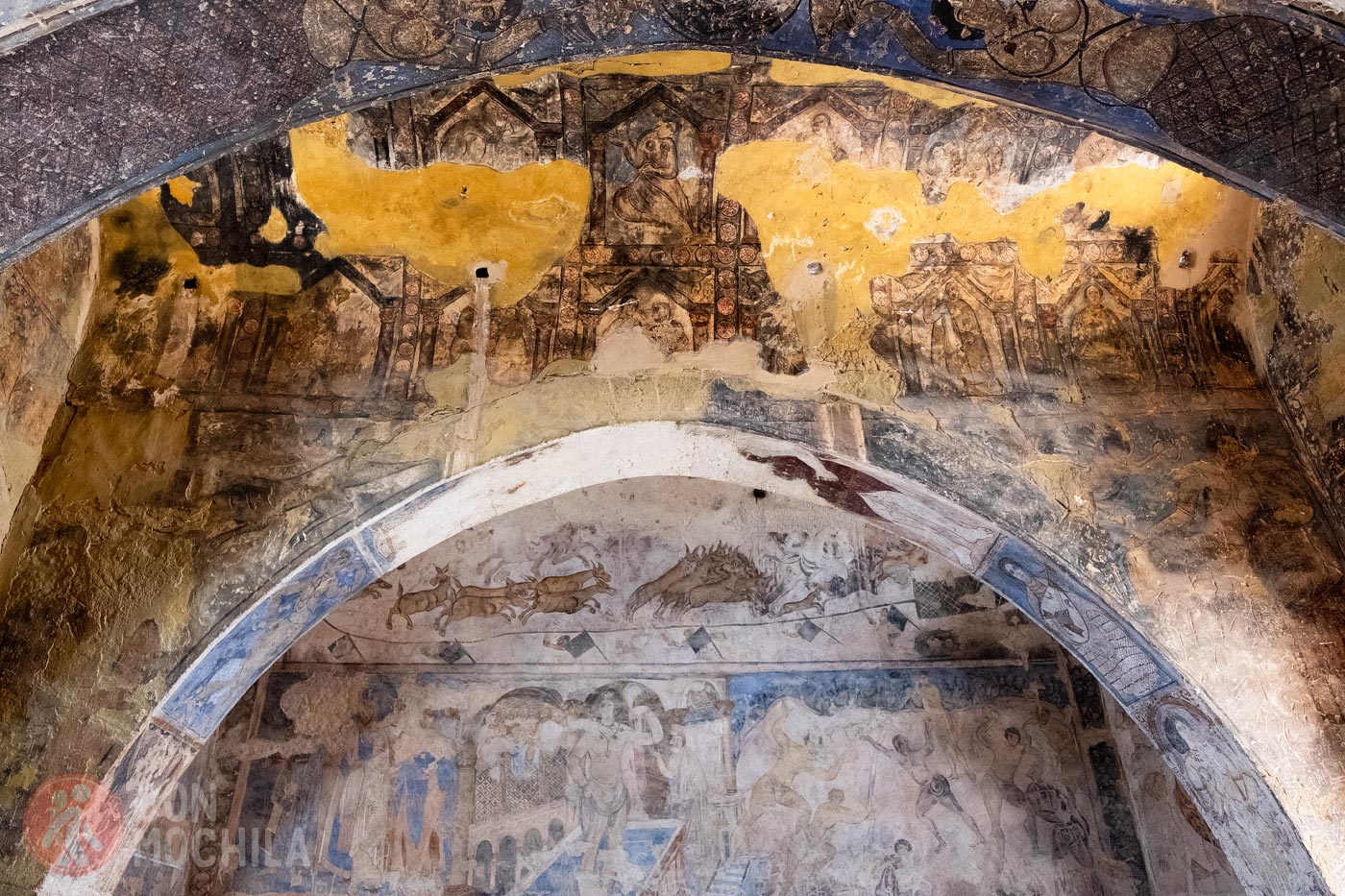
In terms of location, it is 85 km from Amman and 21 km from Azraq. Moreover, being on the edge of the great Jordanian east-west highway, it is one of the most popular tourist destinations in the Kingdom.
Qasr Al Azraq is a castle built of black basalt and located on the outskirts of Azraq, about 100 km from Amman. Being in the middle of the oasis, it has a strategic location because it is close to the only source of water in that desert.
The main entrance has a door made up of two large basalt slabs, which, despite their size and weight, can be easily moved, leading into the hall.
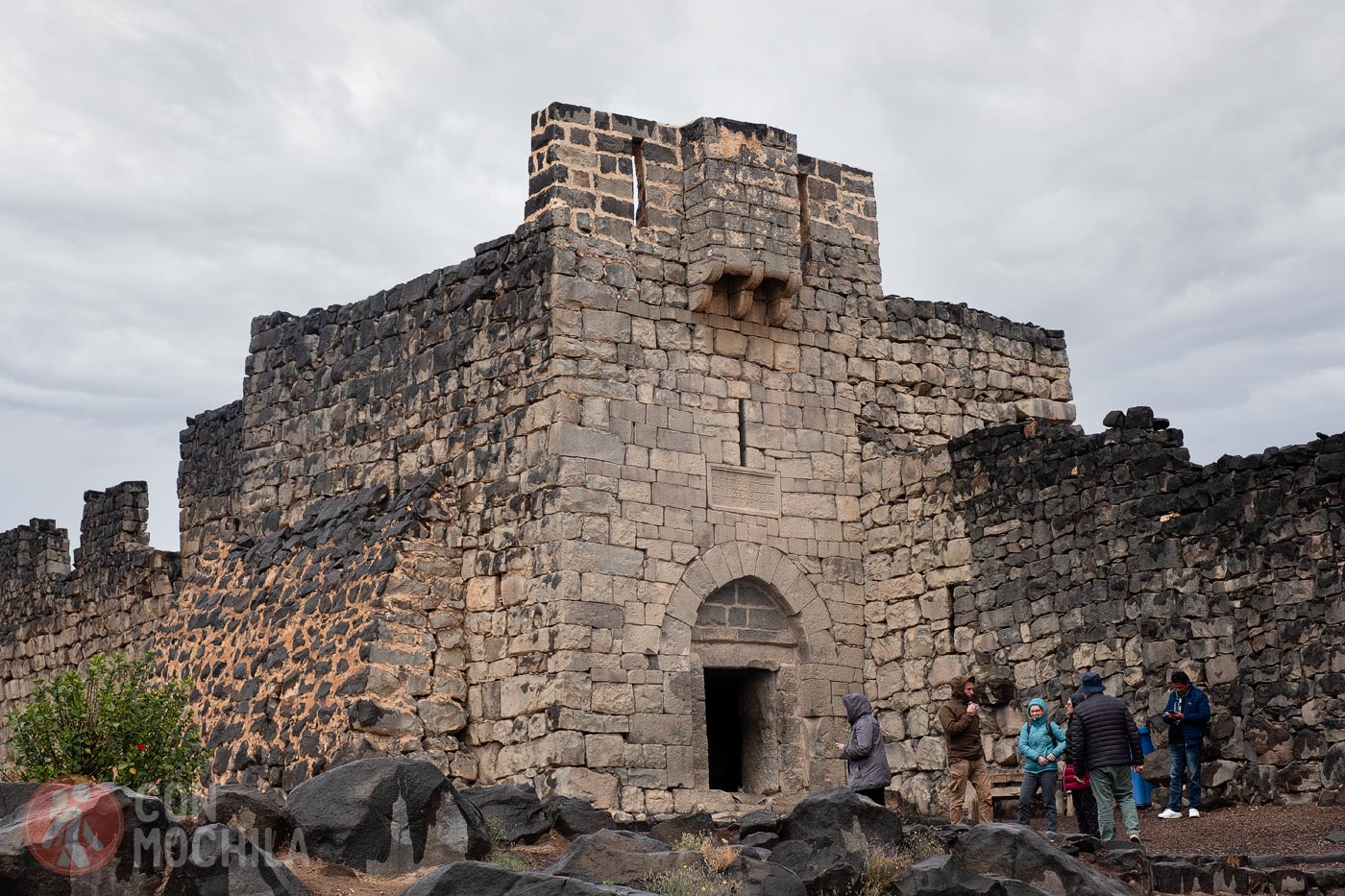
It is believed that the first to militarize this place were the Romans, and later a mosque was built.
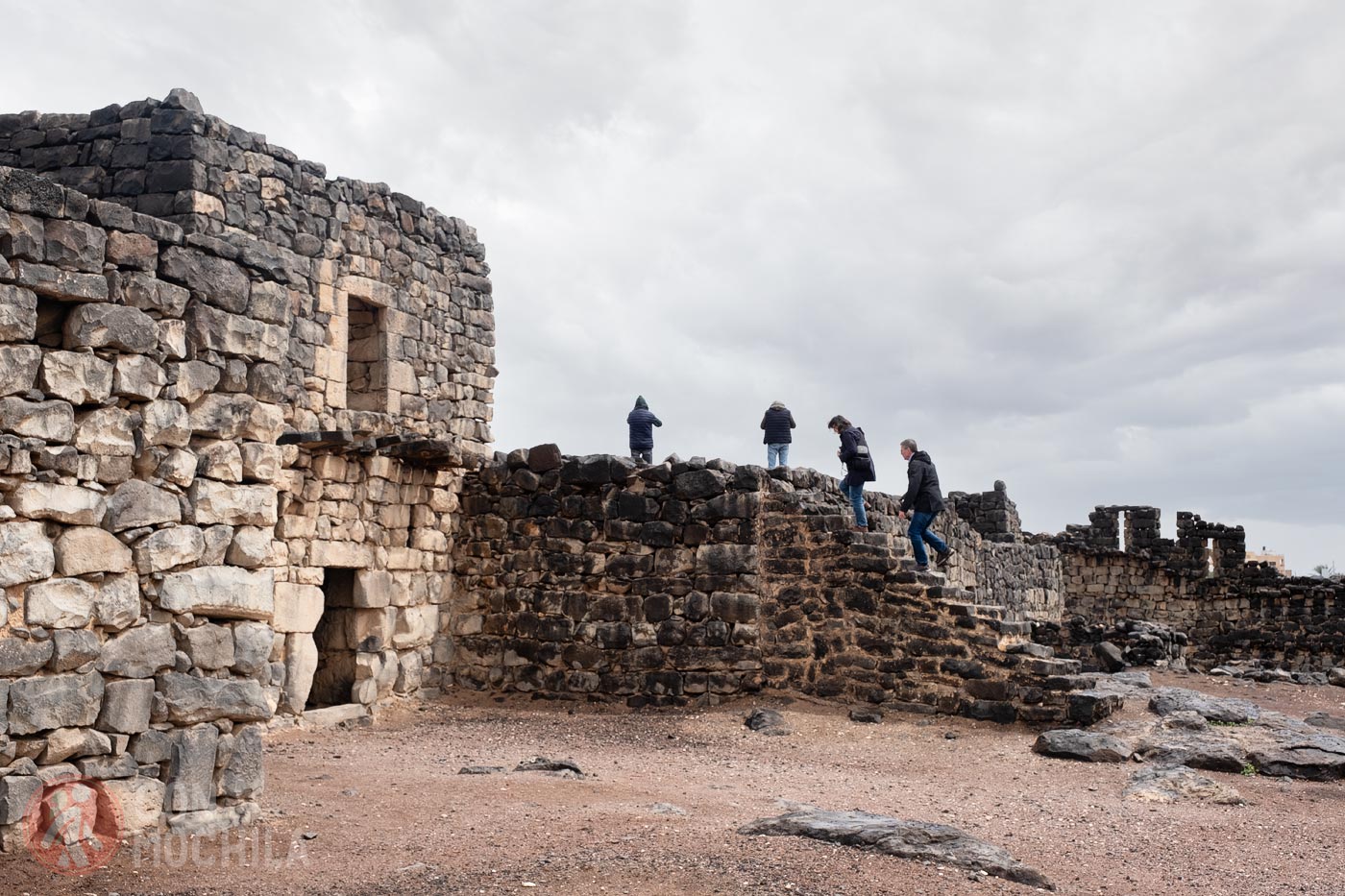
The Umayyad Caliph Walid II used this place as his favourite hunting residence, as he could access exceptionally rich wildlife during times when the nearby wetlands permitted it.
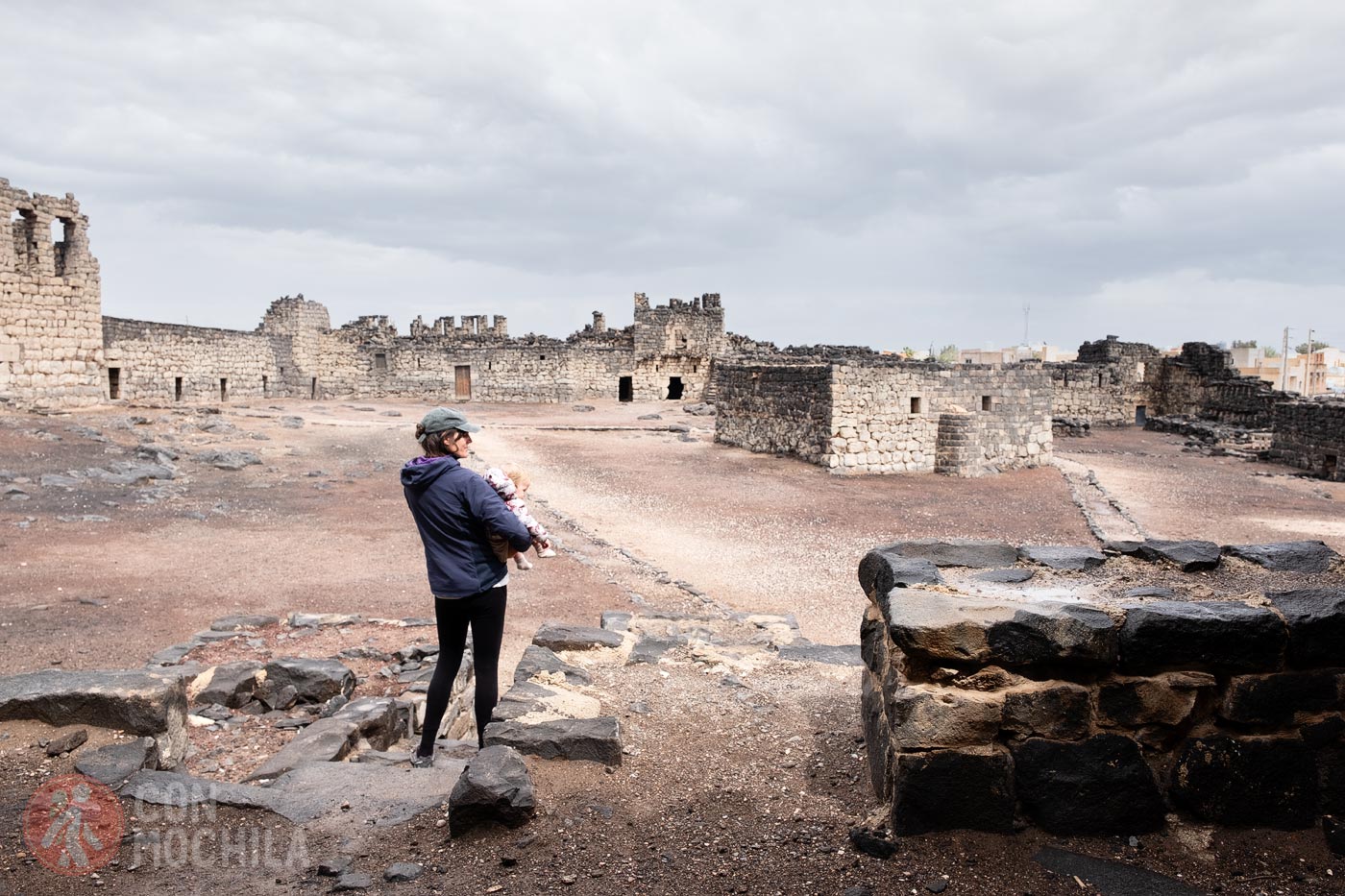
Later, in 1237, the Ayyubids improved the structure to defend themselves against the Crusaders. Then, in the 16th century, it was used as an Ottoman garrison station. Finally, in the 19th century, during the Arab Revolt, it served as a barracks.
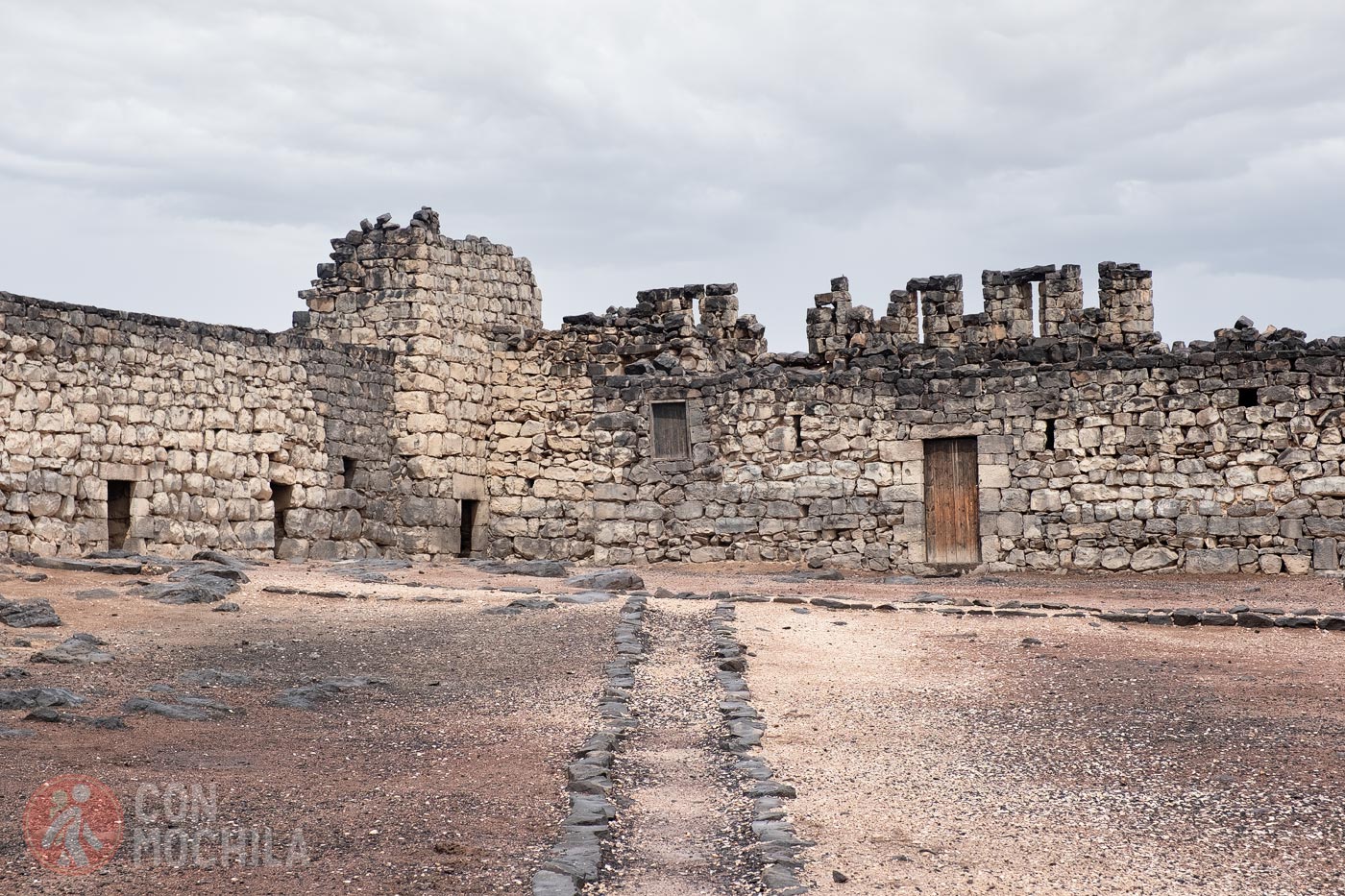
The castle has a large central courtyard inside, which is surrounded by walls that are part of a square structure 80 metres long.
The imposing Qasr al-Kharana is a well-preserved Umayyad castle believed to have been built before 710. It sits on a small hill about 60 km from the capital, very close to Highway 40, making it another popular destination.
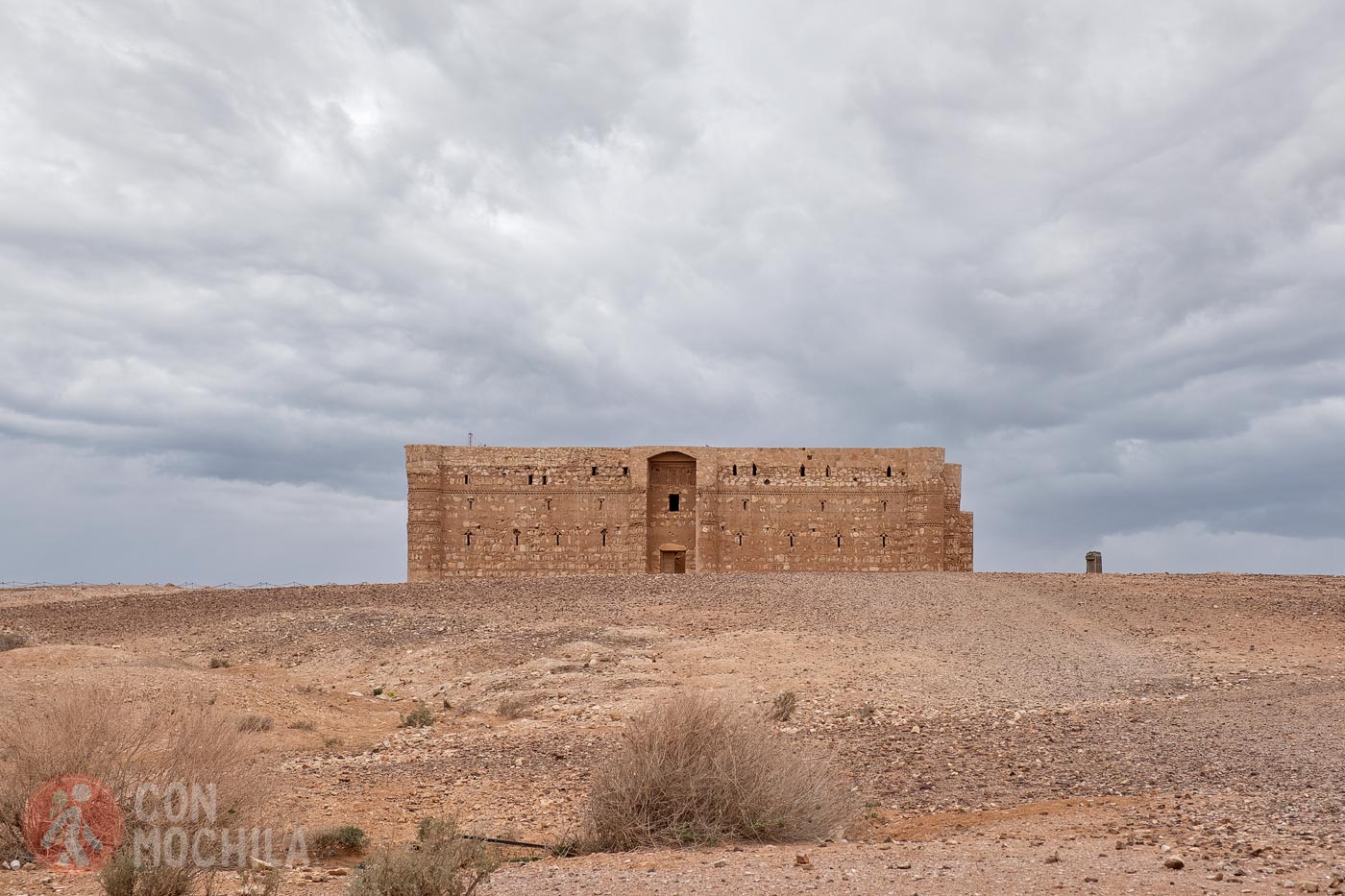
The construction of Qasr al-Kharana is believed to have been carried out in two phases: first between 661 and 684, and completed in 710, on the instructions of Walid I. Furthermore, it is likely to have been built on an older Greek or Byzantine building.
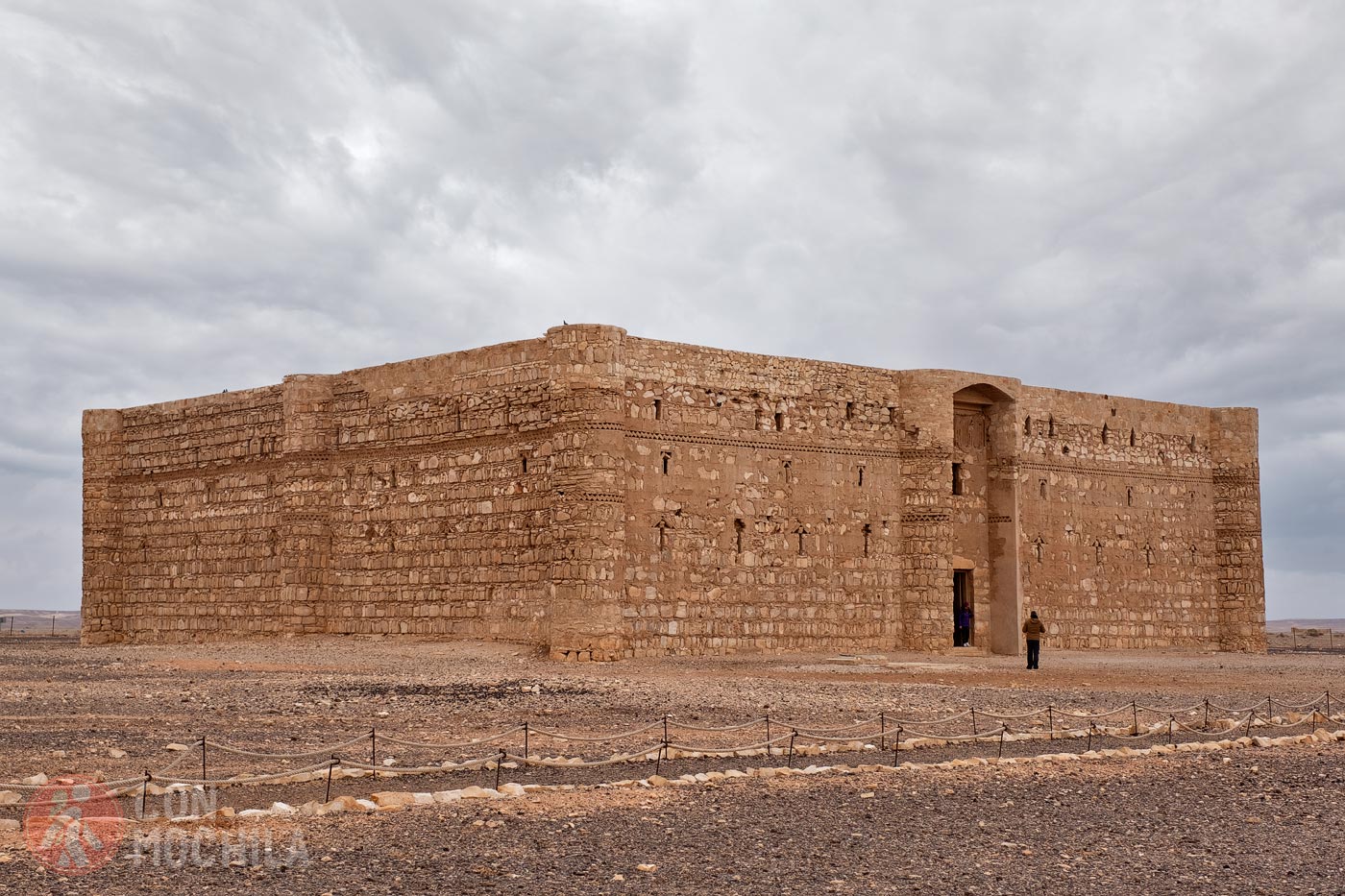
Although it is part of the desert castles, it is still unclear what its function was, because there is no indication that it was ever used for military purposes. Some believe that it was a resting place for travellers, but this is not feasible either because it is not on a known route and there are no sources of running water.
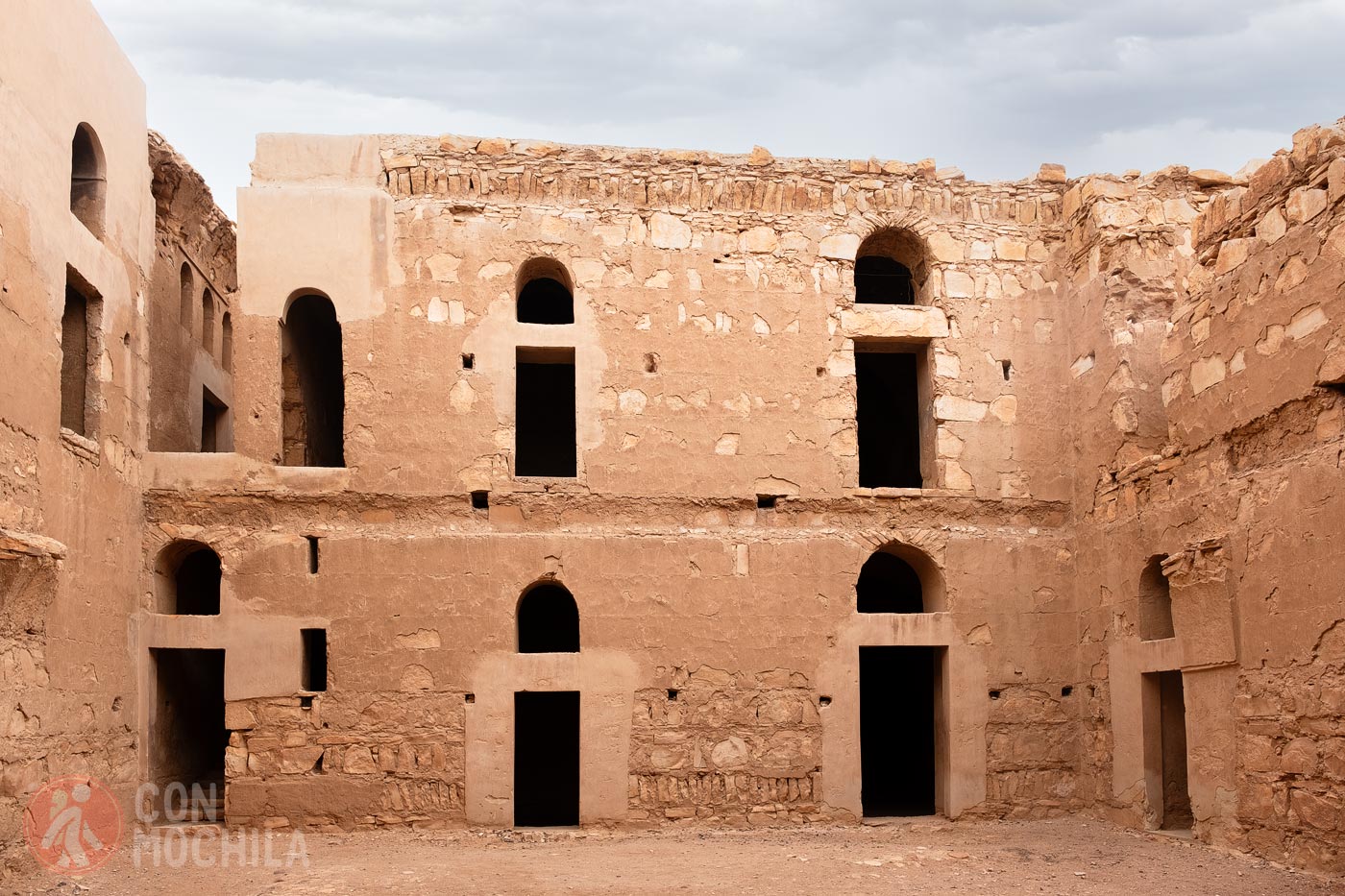
As for its structure, it has a cubic shape with towers at the corners, and has a single entrance portal. Despite having been one of the first Umayyad constructions, it is still preserved and stands out in the desert for its sandstone stones.
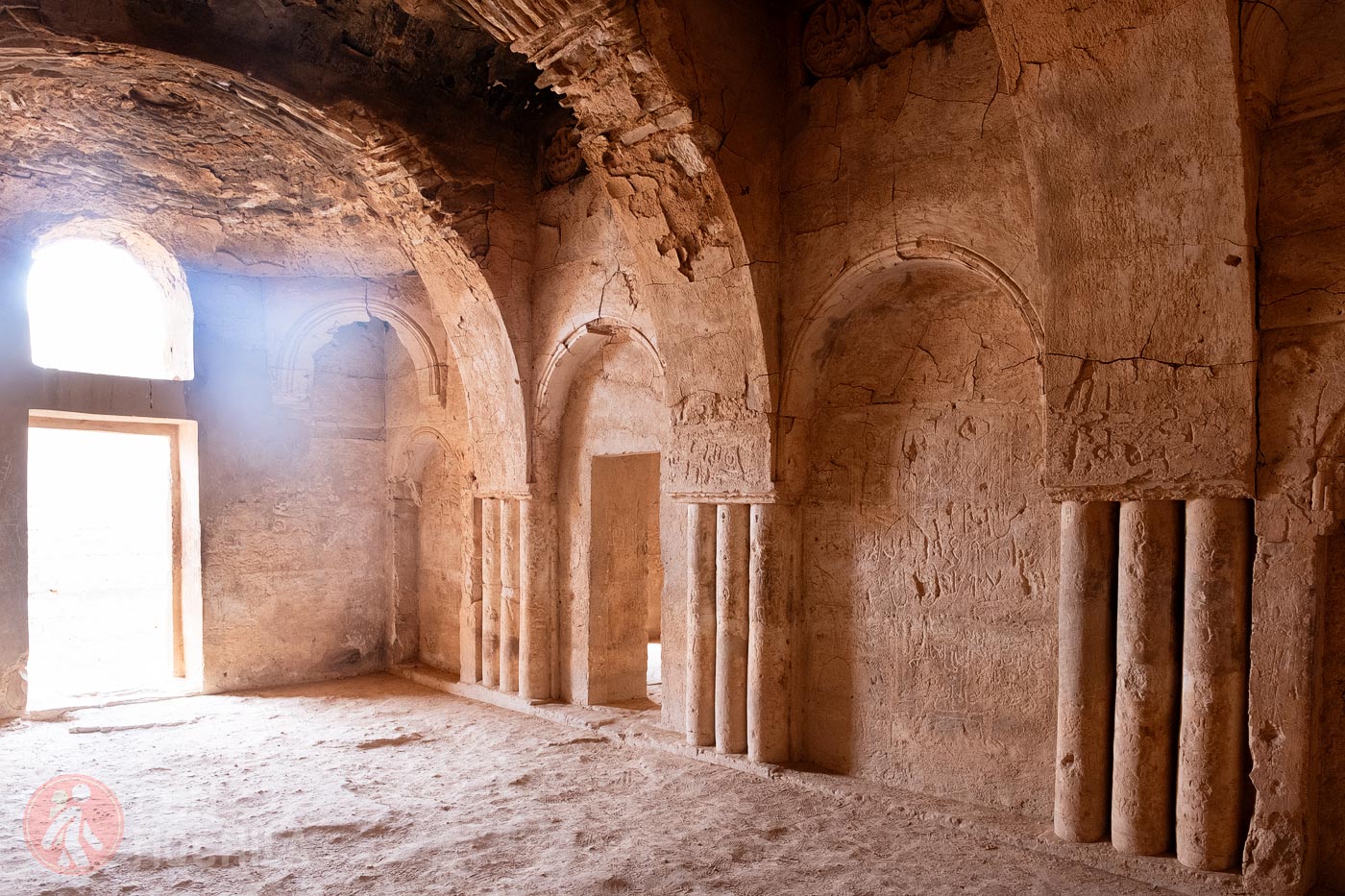
Inside the castle there is a courtyard, surrounded by two floors and with a basin in the center.
Although not an impressive castle, the Qasr Al-Hallabat complex in northeastern Jordan has an interesting history. Originally, a Roman fortress was built here by Emperor Caracalla during the 2nd and 3rd centuries to protect the inhabitants from the Bedouins.
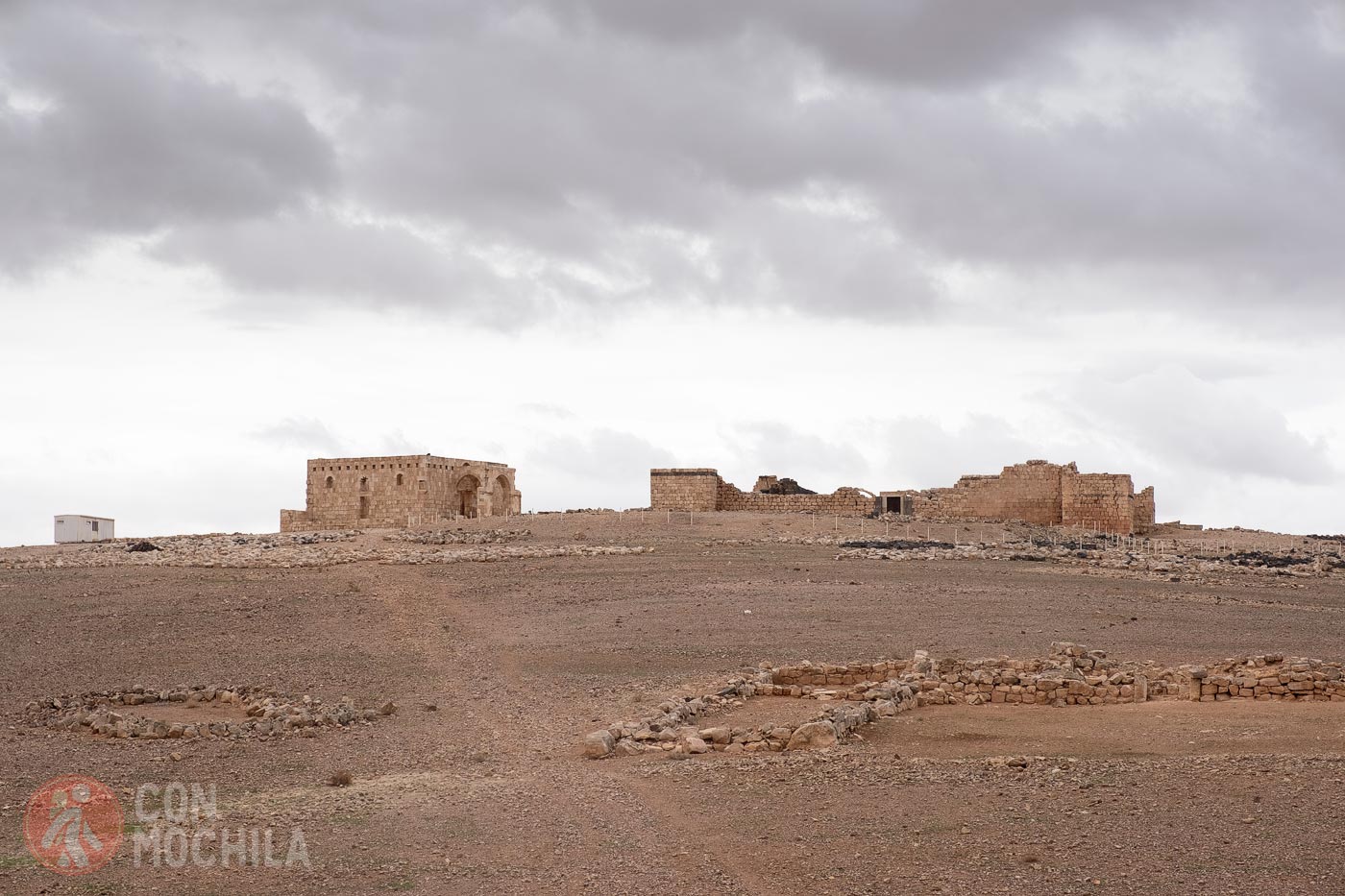
However, there is also evidence that the Nabataeans occupied this site before the Romans. During the 4th century it was abandoned, and the Ghassanids transformed it into a monastery and palace using black basalt for its construction.
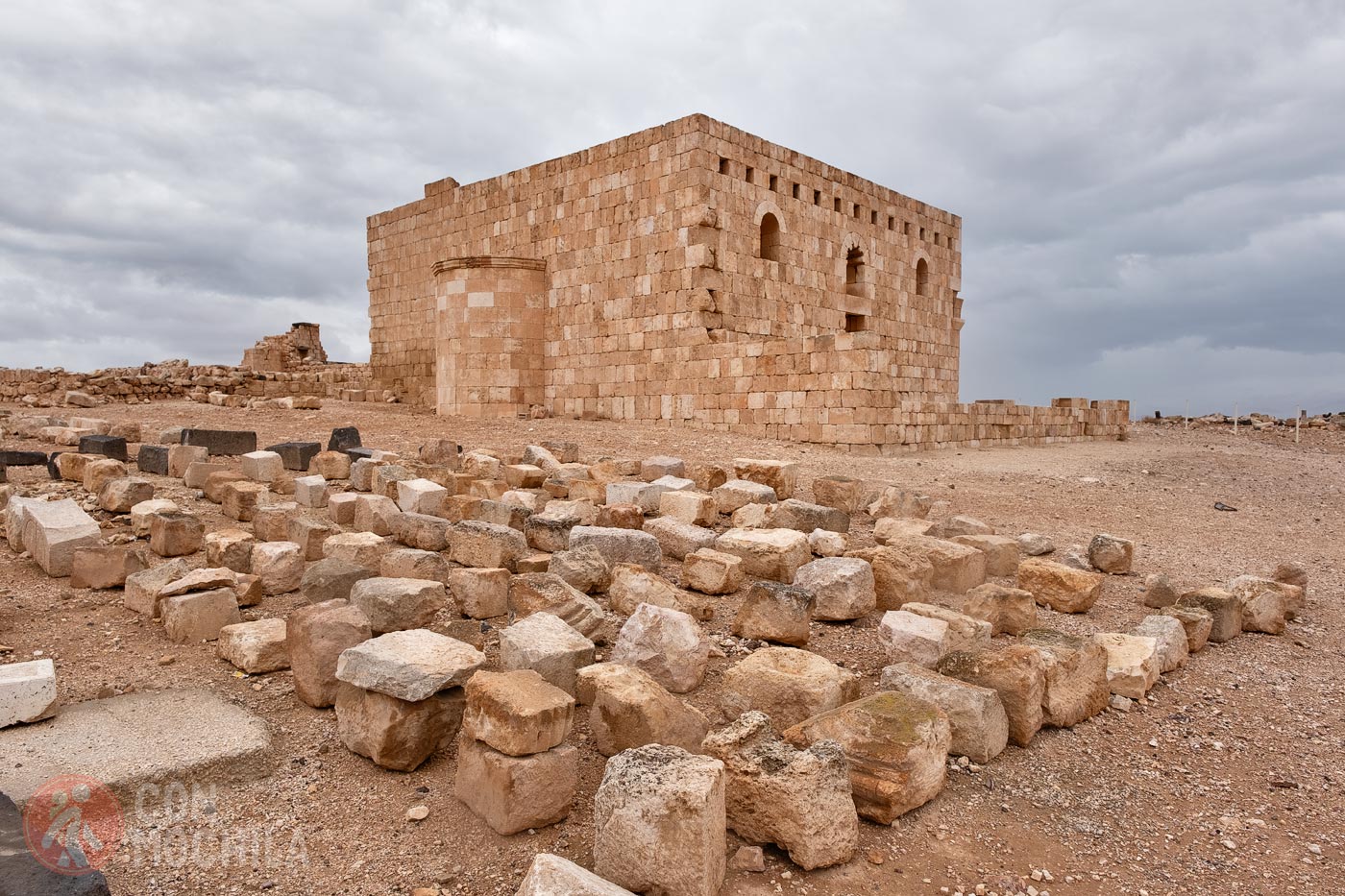
Later, in the 8th century, the Umayyad Caliph Hisham ordered the existing structure to be demolished to make way for an architectural complex that ended up being one of the largest of the Umayyads in the desert.
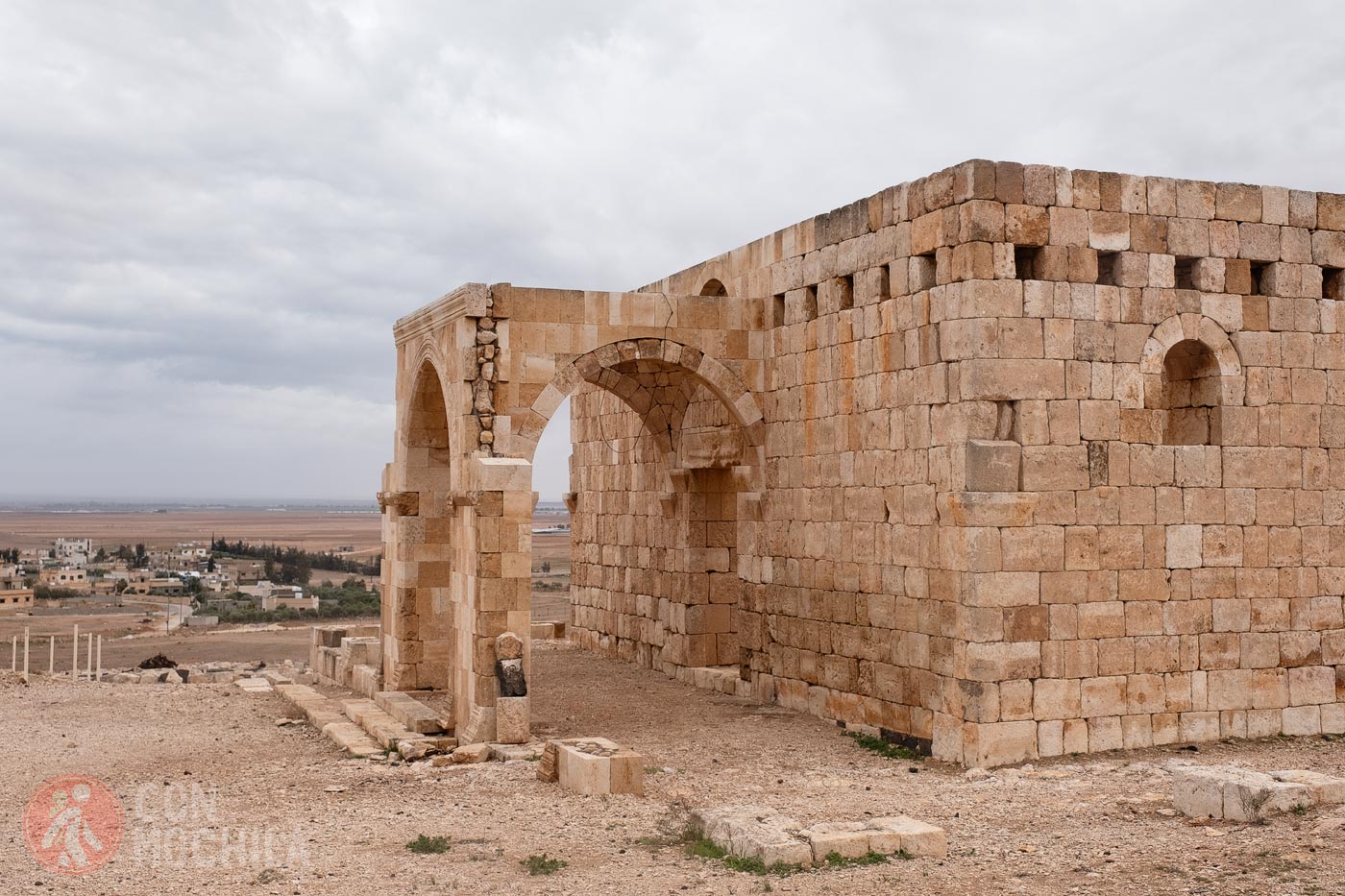
It consists of a main palace built of sandstone and black basalt, which has a square perimeter and a tower at each corner. Inside were detailed frescoes, mosaics and stucco reliefs.
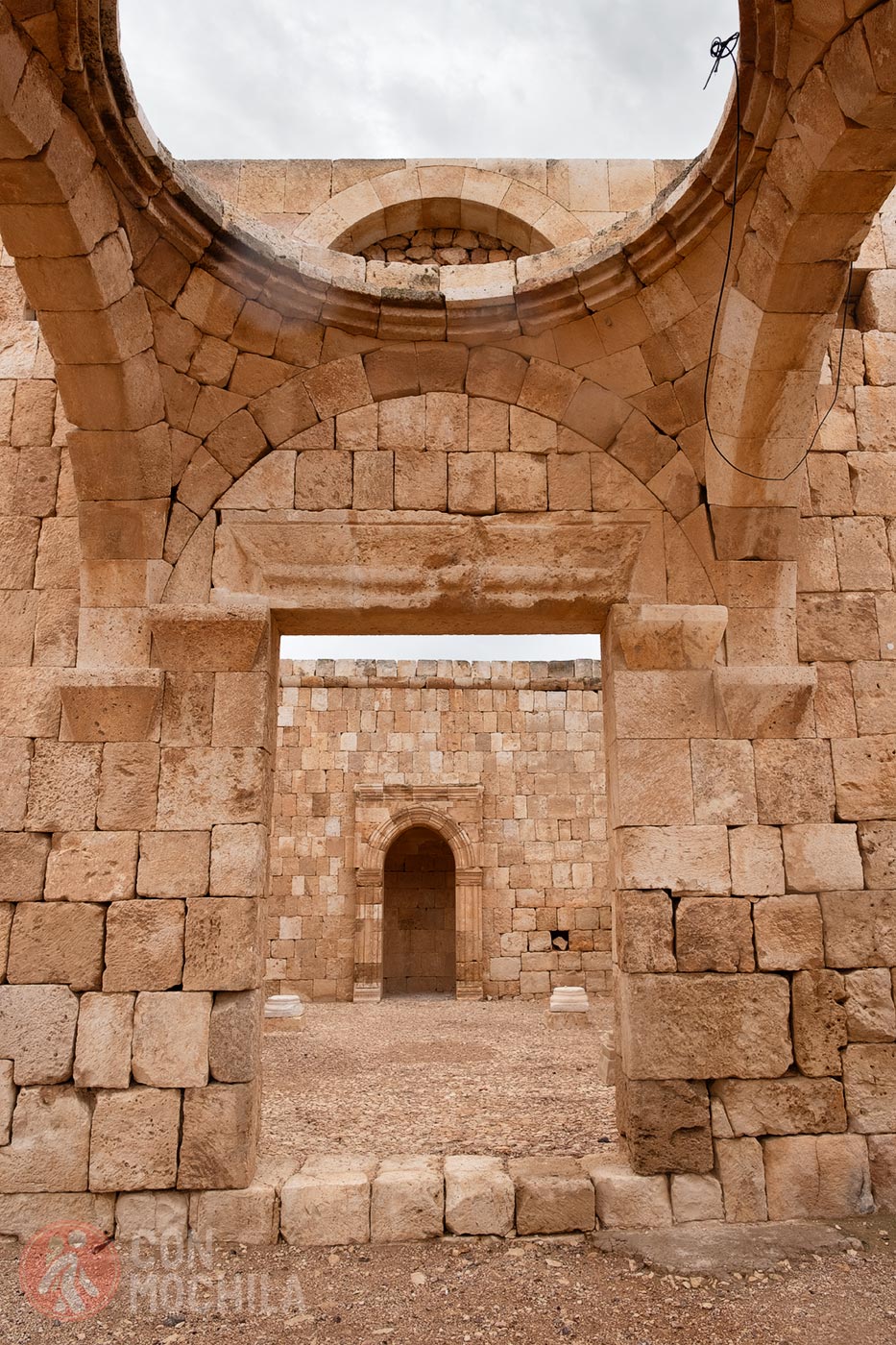
Three sections of the mosque’s wall also remain standing. It was built from sandstone and has a surface area of 11 m x 11 m. The Qasr Al-Hallabat complex also consisted of a hydraulic system and baths, as well as a structure that served agricultural purposes.
Al-Mshatta Castle is located about 30 km south of Amman, near Queen Alia International Airport. Its construction probably began during the brief rule of the Umayyad Caliph al-Walid II (743-744 AD), but was not completed due to his assassination. An earthquake later destroyed the building.
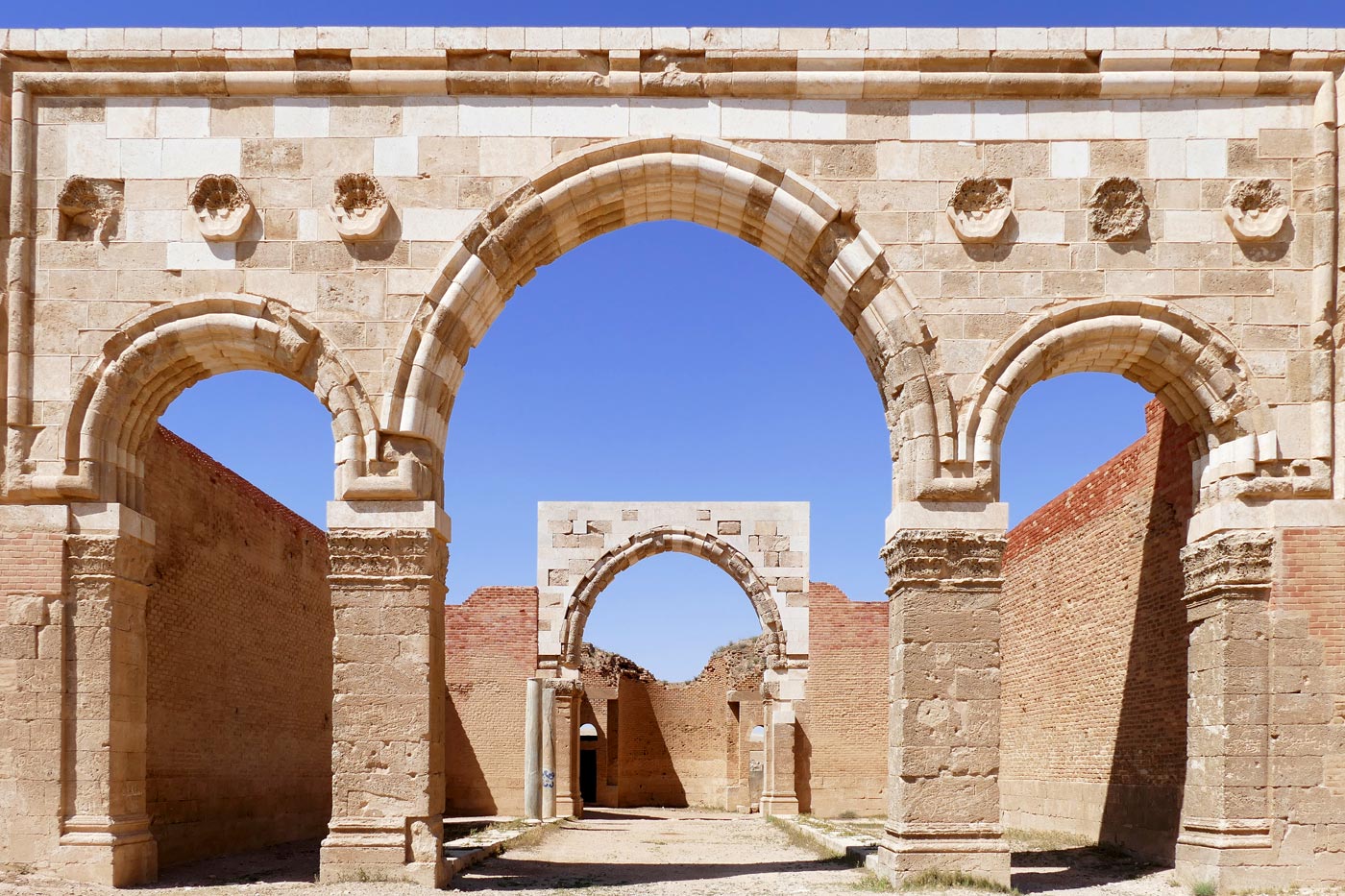
The main purpose of the Qasr al-Mshatta castle was to create a prestigious environment for the caliph, where he could hold high-level audiences and meetings with local tribal leaders. It is known for the decoration of its main southern façade with limestone carved reliefs.
